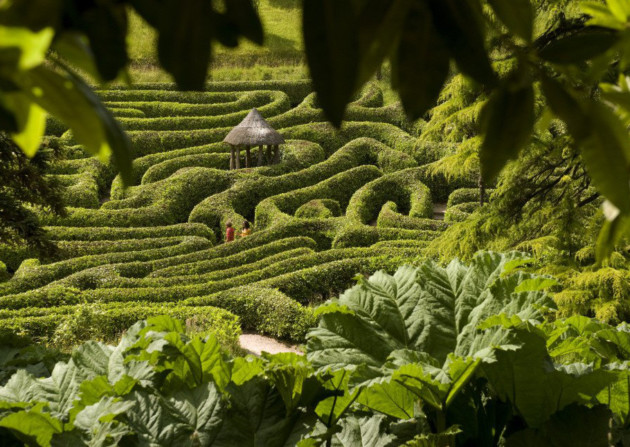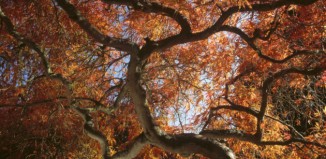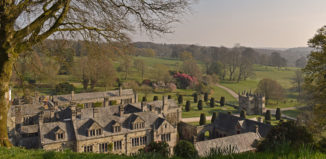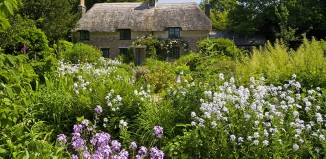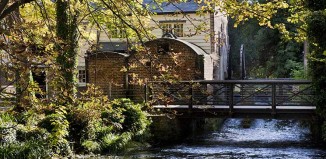8 must-visit gardens in Cornwall
Britain’s most southerly county is home to some stunning gardens that are, thanks to the county’s sub-tropical climate, home to some exotic planting.
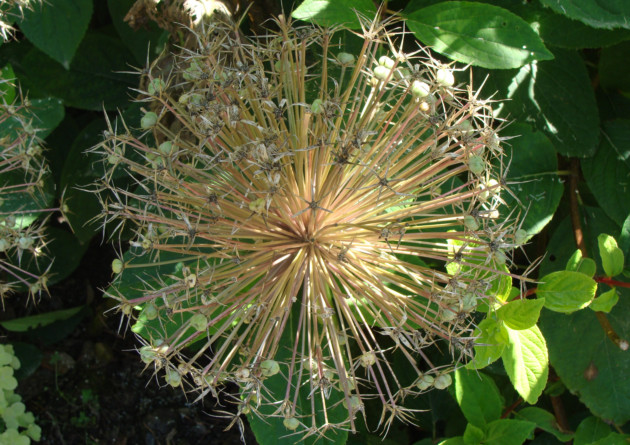
Lost Gardens of Heligan
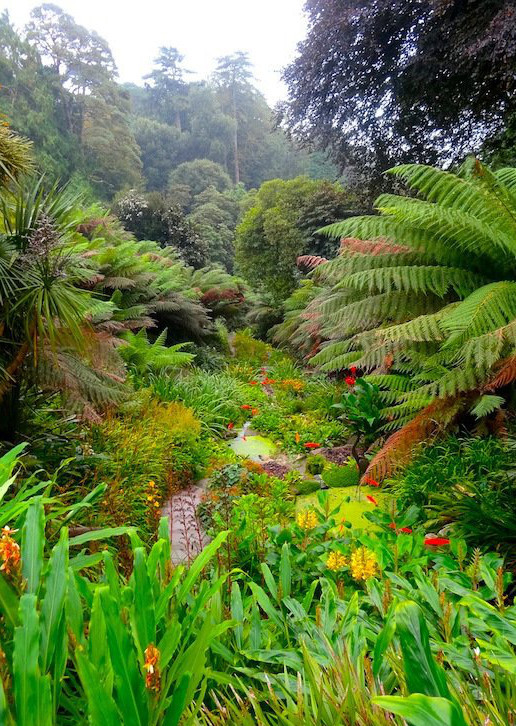
Trebah, Mawnan Smith © This Cotswold Girl
A horticultural gem that was lost for 75 years before being faithfully restored to its Victorian heyday, the Lost Gardens of Heligan is a rare find, where a surprising array of plants grow in Cornwall’s sub-tropical climate. Behind the gates of this intriguing 200-acre estate, formal gardens burst with seasonal colour; a walled garden houses wide varieties of fruit and vegetables; woodland walks allow visitors to stray from the crowds, and swathes of lush tropical planting tower above deep ponds teeming with life.
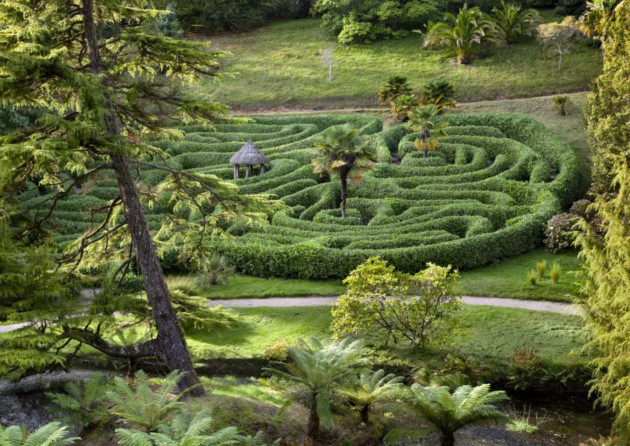
Looking down onto the cherry laurel maze at Glendurgan Garden, Cornwall. ©National Trust Images/Andrew Butler
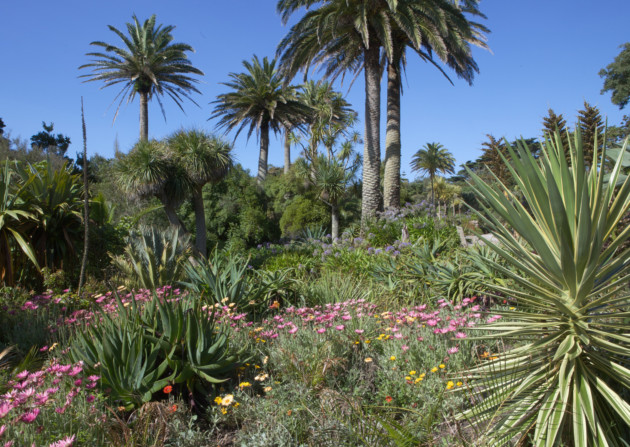
Tresco Abbey Garden
This National Trust garden is full of picturesque planting, a feature that was introduced initially by its previous owner Ida Copeland, who donated the property to the charity in the 1950s. The Copeland family took over Spode chinaware in 1833 and owned the business for over a century, with flowers seen in the garden used as ‘still life’ models for some of their enduring designs. Although no jungle planting covers these acres, the senses are bombarded by rhododendron and azalea, hydrangea and camellia which flourish in the balmy Cornish climate. Picnic among the flowers and enjoy views overlooking the River Fal.
Trebah, Mawnan Smith, nr Falmouth
This sub tropical valley garden is recorded in the Domesday Book when it was the property of the Bishop of Exeter. Generations of well-heeled Cornish families took custody but it was the Quaker, Charles Fox who developed it as a 26-acre pleasure garden from 1838. In peak season, lush foliage of giant rhubarb, bamboo, Australasian tree fern and Chusan palm form a jungle where family fun trails and playgrounds add another dimension to the spectacle. Other highlights include the Water Garden, Hydrangea Valley, and Bamboozle, a maze in which some species of bamboo have been known to grow at a rate of 30cm in 24 hours.
This 15-acre Grade II-listed spring garden is divided into upper and lower sections, the former abundant with the county’s seemingly ubiquitous rhododendron, plus tree fern, magnolia, camellia and various trees and shrubs. In the Valley Garden, accessed via a wooden bridge, is a mass of giant tree fern, ponds and shallow waterfalls. A jungle garden grows at will, branches stretching across paths in an environment enclosed by lush canopy. The garden was formed 200 years ago by the aforementioned Fox family, members of which were prominent in local garden management at Trebah and Glendurgan. When geologist Robert Fox bought the property he introduced over 300 plant species; his son Barclay went on to develop the grounds further, including installing the entrance drive.
Godolphin, Godolphin Cross, Helston
This National Trust property is largely unchanged since the 16th century – the romantic notion of time standing still both inside and out pervades. While tropical plantings are nowhere in sight, the visitor is charmed by seasonal splendour such as bluebell walks through fairytale woodland, plus the so-called Side Garden, which at 700 years old is possibly the most ancient surviving formal garden in the country.
Caerhays Estate, near Gorran Haven
Home to a National Magnolia Collection, this 120-acre woodland garden has a fascinating history, with plants traceable to foremost Victorian plant hunters Ernest Wilson and George Forrest. The property benefited from the ownership of politician JC Williams who became passionate about gardening and contributed vast funds of his own money towards plant hunting expeditions. In return, Williams received seeds of newly discovered Chinese rhododendron, magnolia, acers and evergreen oak – many of which grow today in maturity.
Tresco Abbey Garden, Isles of Scilly
Although not strictly in Cornwall the Isles of Scilly are in the Duchy of Cornwall and are far too beautiful to leave out. Created by Augustus Smith, who lived in Scilly until his death in 1872, Tresco Abbey Garden continues to delight visitors with its display of tropical plant life, including bright orange bursts of Watsonia and Aloe arboresens, along with coral-coloured clouds of Callistemon Citrinus, all sheltered under the garden’s towering palm trees.
Smith’s decedents still maintain Tresco to this day, although the Duchy took back its lease of the other islands in the 1920s. Smith came to the archipelago as Lord Proprietor, armed with an array of ideas to improve island life that he set about implementing to the detriment of his popularity.
Glendurgan Garden, near Falmouth
The Glendurgan Garden is a 19th-century sub-tropical garden filled with exotic plants from all over the world. Look out for the South African plants on the entrance borders, bananas and tree ferns around the small granite pond, and the New Zealand native plants around the bamboo bridge.
The garden was laid out by Alfred Fox in the 1820s and 1830s and is particularly noted for its cherry laurel maze that was created in 1833. The garden was given to the National Trust in 1962 by Cuthbert and Philip Fox.

